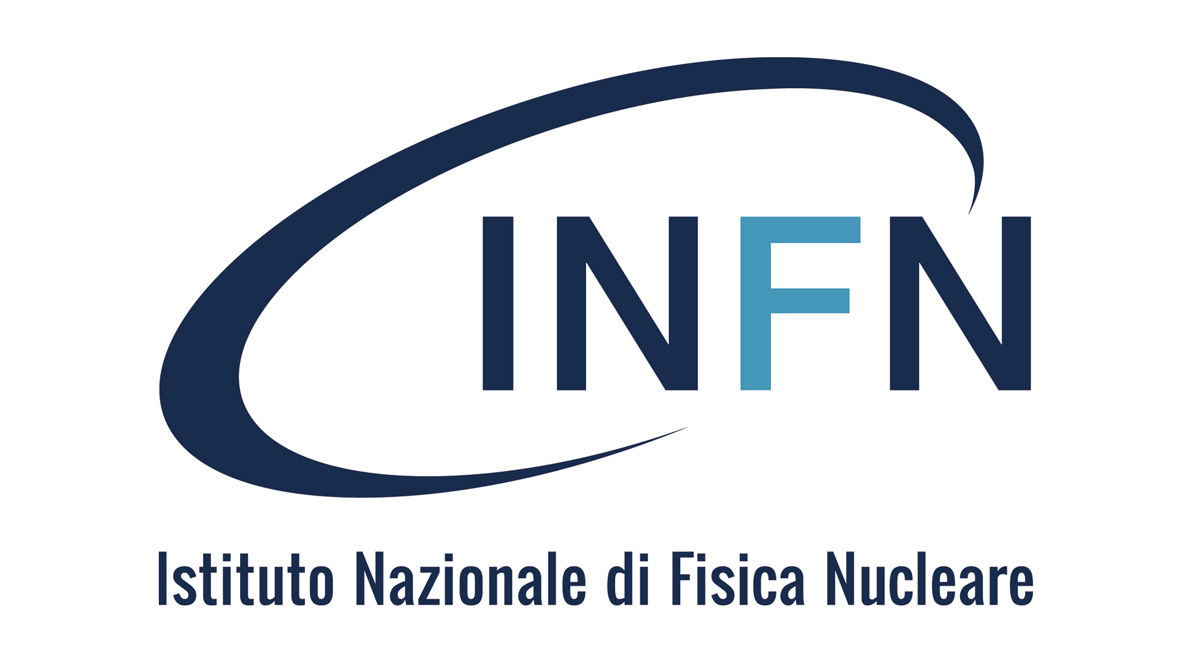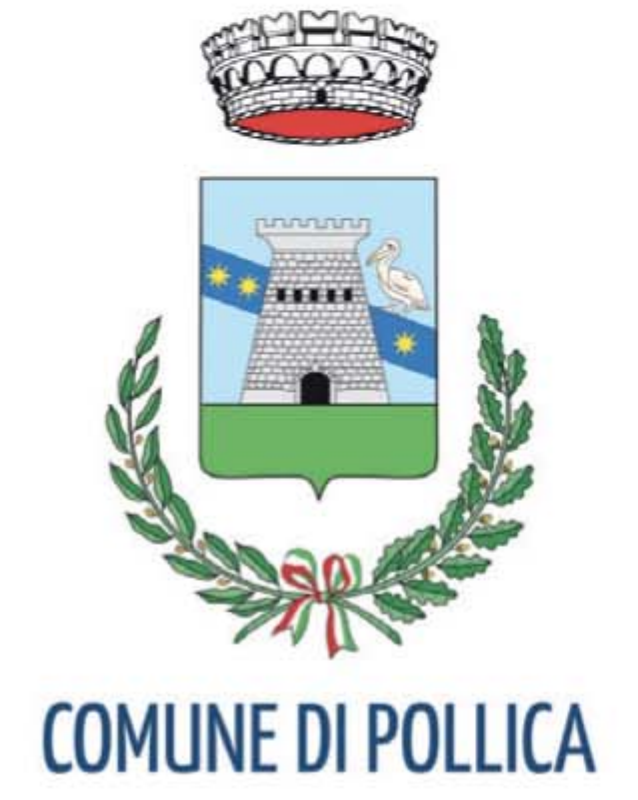Calabi–Yau Manifolds
Castello dei Principi Capano
Calabi–Yau manifolds play an important role in a variety of areas of theoretical particle physics and pure mathematics, ranging from the extra dimensional spaces in various string theories to enumerative, algebraic, and symplectic geometry. The workshop will bring together leading experts in the above fields to discuss the latest developments in mirror symmetry, enumerative geometry, the construction of new F-theory vacua, and the use of various machine learning techniques in the study of properties of Calabi–Yau manifolds, such as the metric.
All of this to be set againts the backdrop of the medieval town of Pollica, in Southwestern Italy (Cilento region). The workshop will take place June 2-6, 2025.
Scientific and organizing committee:
Per Berglund, University of New Hampshire,
Vishnu Jejjala, University of Witwatersrand,
Sheldon Katz, University of Illinois,
Magdalena Larfors, Uppsala University,
Andre Lukas, Oxford University
David Morrison, University of California, Santa Barbara
Sponsored by:



